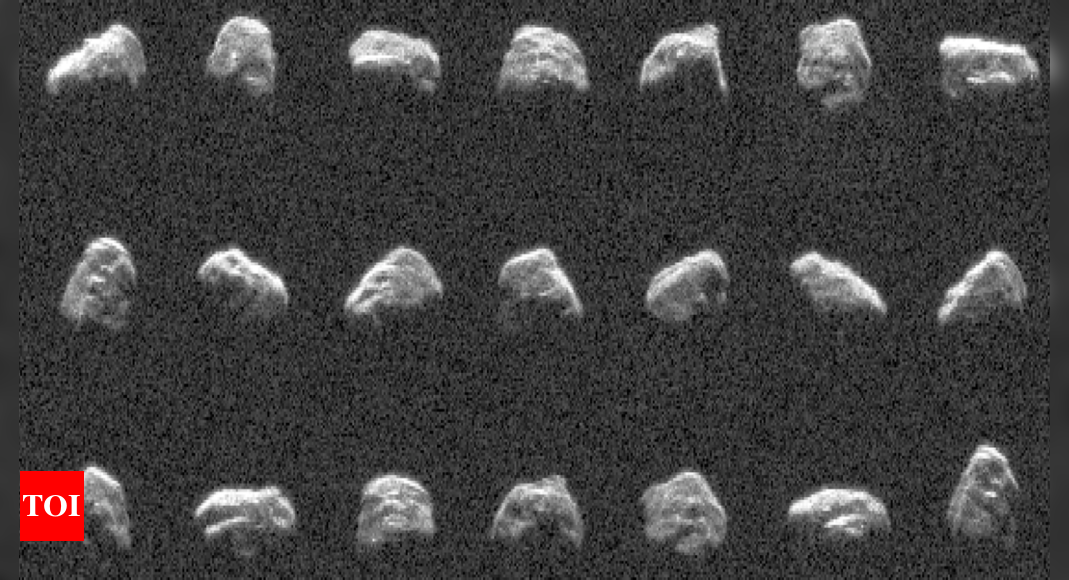
According to Nasa, “There was no risk of either near-Earth object impacting our planet, but the radar observations taken during these two close approaches will provide valuable practice for planetary defense, as well as information about their sizes, orbits, rotation, surface details, and clues as to their composition and formation.”
On June 27, asteroid 2011 UL21, which was discovered by the NASA-funded Catalina Sky Survey in 2011, passed Earth at a distance of 4.1 million miles (6.6 million kilometers), roughly 17 times the distance between the Moon and Earth.
Despite being classified as potentially hazardous, calculations indicate that the nearly mile-wide (1.5-kilometer-wide) asteroid poses no threat to Earth in the foreseeable future. Using the Deep Space Network’s 230-foot-wide (70-meter) Goldstone Solar System Radar, scientists transmitted radio waves to the asteroid and found that it is roughly spherical and has a smaller asteroid, or moonlet, orbiting it from a distance of about 1.9 miles (3 kilometers).
Two days later, on June 29, the team observed asteroid 2024 MK pass Earth at a distance of only 184,000 miles (295,000 kilometers), slightly more than three-quarters of the distance between the Moon and Earth. The asteroid, which measures about 500 feet (150 meters) wide, appears elongated and angular, with prominent flat and rounded regions.
Scientists used the Goldstone Solar System Radar to transmit radio waves to the object and received the signal using a different antenna, resulting in a detailed image of the asteroid’s surface, which revealed concavities, ridges, and boulders about 30 feet (10 meters) wide.





